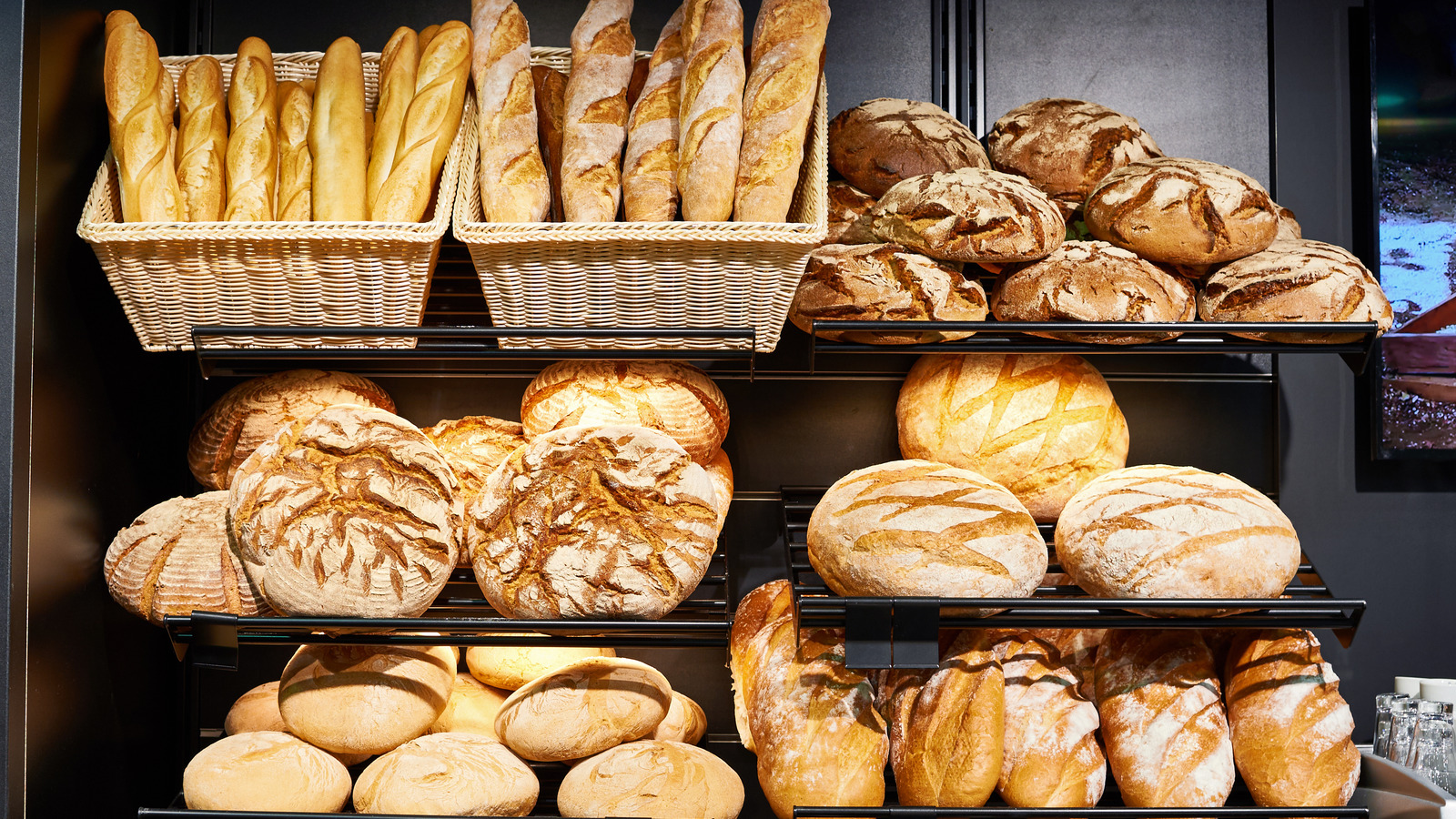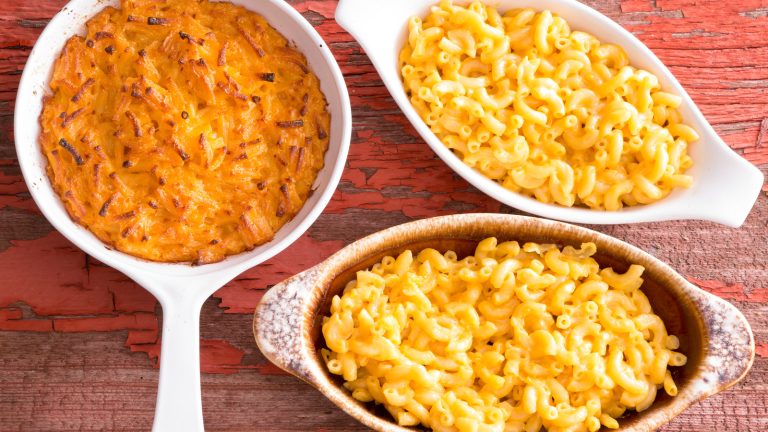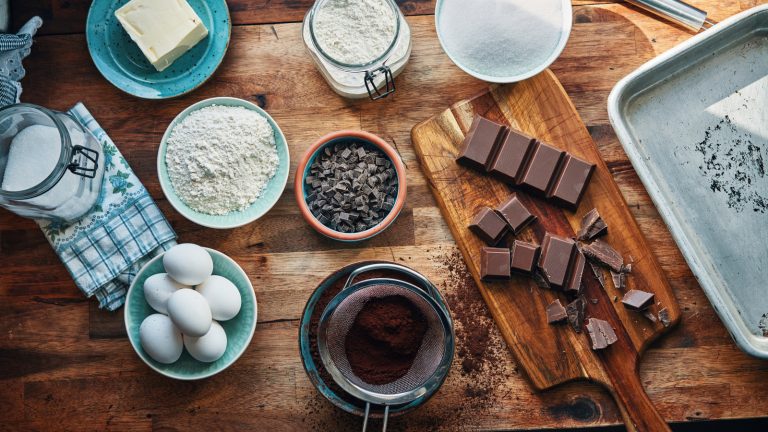Bread comes in a variety of shapes, sizes and flavors. From leavened sourdough and challah to unleavened pitta and matzo, there’s a bread for every mood and moment. But what exactly does it mean when bread is leavened versus unleavened?
Simply put, leavened breads contain a leavener, which is the fancy word for an ingredient that helps loaves to rise, such as dried, active, or fresh yeast. As the yeast ferments, it creates gas, which causes bread dough to expand and develop air pockets. Other types of natural leavener include sourdough starter, but chemical agents like baking powder and baking soda can also be used. For example, when baking soda is combined with the acidic properties of yogurt or buttermilk and mixed with flour, it reacts and expands, causing doughs and batters to grow. This is best illustrated in Irish soda bread or cornbread recipes. Unleavened breads, on the other hand, do not contain a leavening or rising agent and are often made with a straightforward combination of flour, salt, and water.
Common varieties of unleavened bread include pitta, tortillas, lavash, and roti. They are often described as types of flatbread because they don’t rise up and expand greatly like leavened bakes. In most cases, these breads, such as Indian chapatis or Norwegian lefse, are prepared quickly on a hot skillet, griddle, or tava instead of an oven, and flipped over until cooked. Not all flatbreads are unleavened though; naan is a flatbread that’s made with yeast and traditionally baked in a tandoor.
Unleavened breads are great for stuffing or using as wraps
Some unleavened breads, like Venezuelan arepa or Punjabi parathas, can be stuffed with a filling before they’re cooked to transform them into an entire meal. However, you can also fill unleavened breads (such as tortillas) after they’re baked and roll them up into burritos or kati rolls due to their soft and pliable texture. Alternatively, the hollow inside of a fluffy unleavened pitta — split open while steaming hot — provides the perfect pocket for herby falafels and spiced kebabs.
As unleavened breads don’t contain yeast or need time to prove they can be prepared quickly with fewer ingredients. Leavened breads require extra time because the yeast needs to grow and ferment inside the dough to produce air bubbles. When these bubbles meet the heat of the oven, they expand further and finally set as the bread cools, which creates all those interesting pockets of texture and flavor. For example, the tang imbued into a batch of fresh-baked sourdough prepared with a homemade starter makes it ideal for toasting and serving with creamy, smashed avocado. Having said that, unleavened breads like roti can be equally as flavorful when prepared over a gas flame that lends them a smoky note. They can also be buttered with ghee or be made with different flours to boost their nutritional value.






